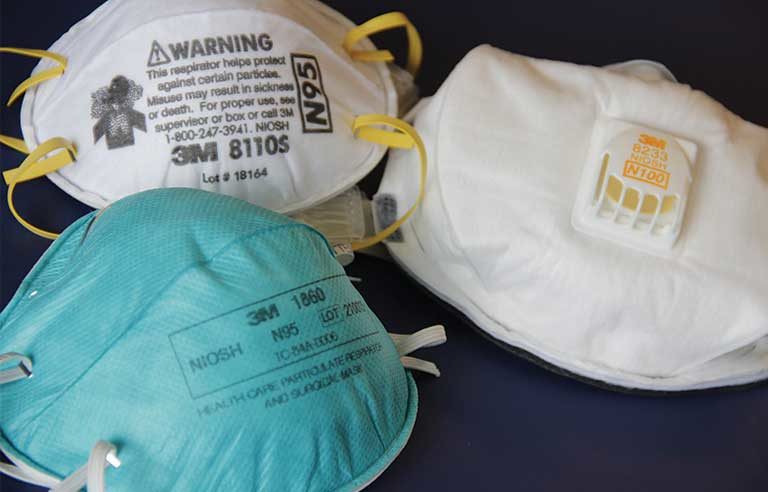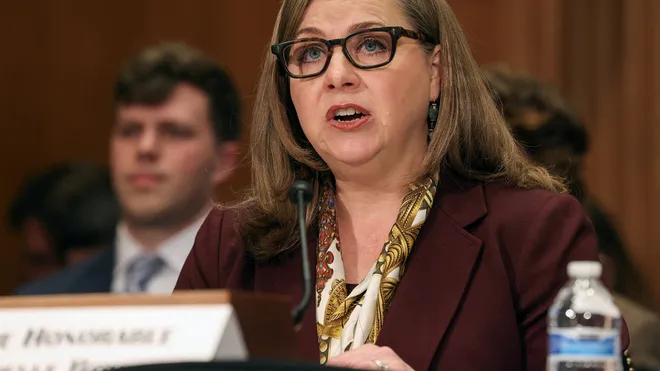A growing rift over the recommended use of N95 respirators is raising concerns among health workers, putting their safety at risk once again. The disagreement revolves around differing guidelines and policies regarding the circumstances under which N95 masks should be worn, particularly in healthcare settings.

CDC Advisory Committee Sparks Concerns Over Health Worker Protections
Three years after the loss of over 3,600 health workers to COVID-19, a potential rift between the Centers for Disease Control (CDC) and workplace safety officials poses renewed risks. The CDC’s advisory committee released controversial infection control guidelines in November, suggesting varying protection levels based on unclear categories. This leaves administrators to determine protections against airborne diseases, potentially putting health workers at risk once again.
The CDC committee’s recommendations, emphasizing ill-defined categories for diseases, may lead to confusion, warns Eric Berg of Cal/OSHA. The proposed guidelines offer differing protection levels for diseases like COVID and influenza, leaving room for interpretation and potentially inadequate protection for health workers.
N95 masks, crucial for health worker safety, are at the center of the debate. The CDC committee’s recommendations on when to use N95s versus surgical masks may not align with strict standards advocated by safety agencies. The lack of clarity raises concerns about the adequacy of protection for health workers on the front lines.
READ ALSO: Rift over when to use N95s puts health workers at risk again
Clash of Guidelines Raises Alarms for Health Worker Safety
The ongoing debate highlights the historical tension between the CDC and safety agencies, with potential consequences for health workers’ safety. N95 masks, pivotal in preventing the spread of airborne diseases, become a focal point in the clash between differing guidelines.
The finalization of the CDC’s guidelines next year may determine whether health workers receive consistent and robust protection or face potential risks due to conflicting advice.
READ ALSO: California workers who cut countertops are dying of an incurable disease


